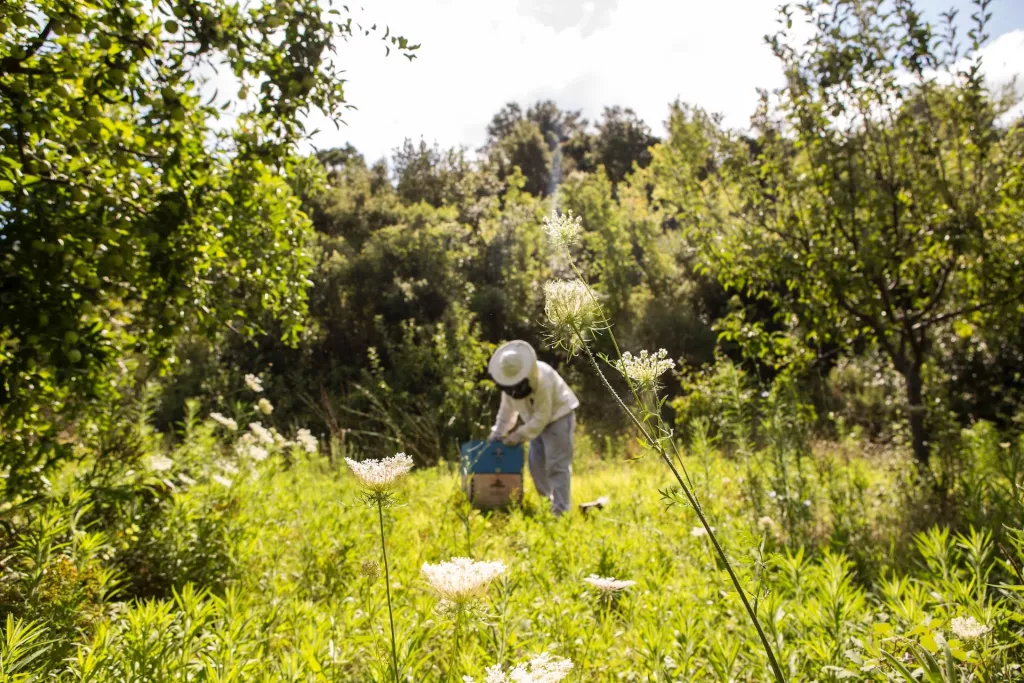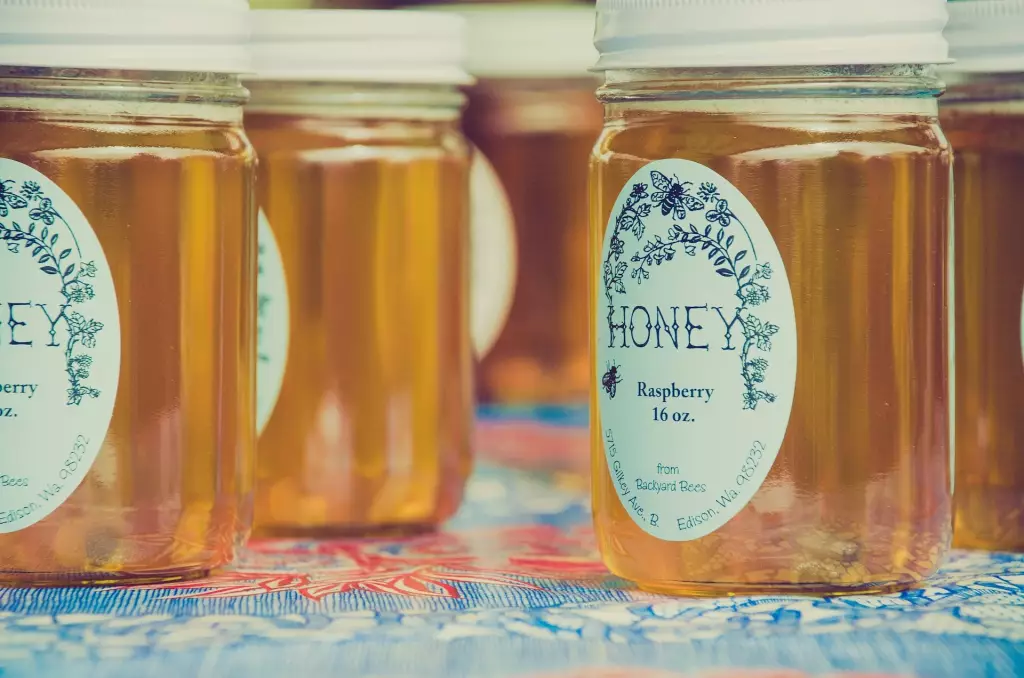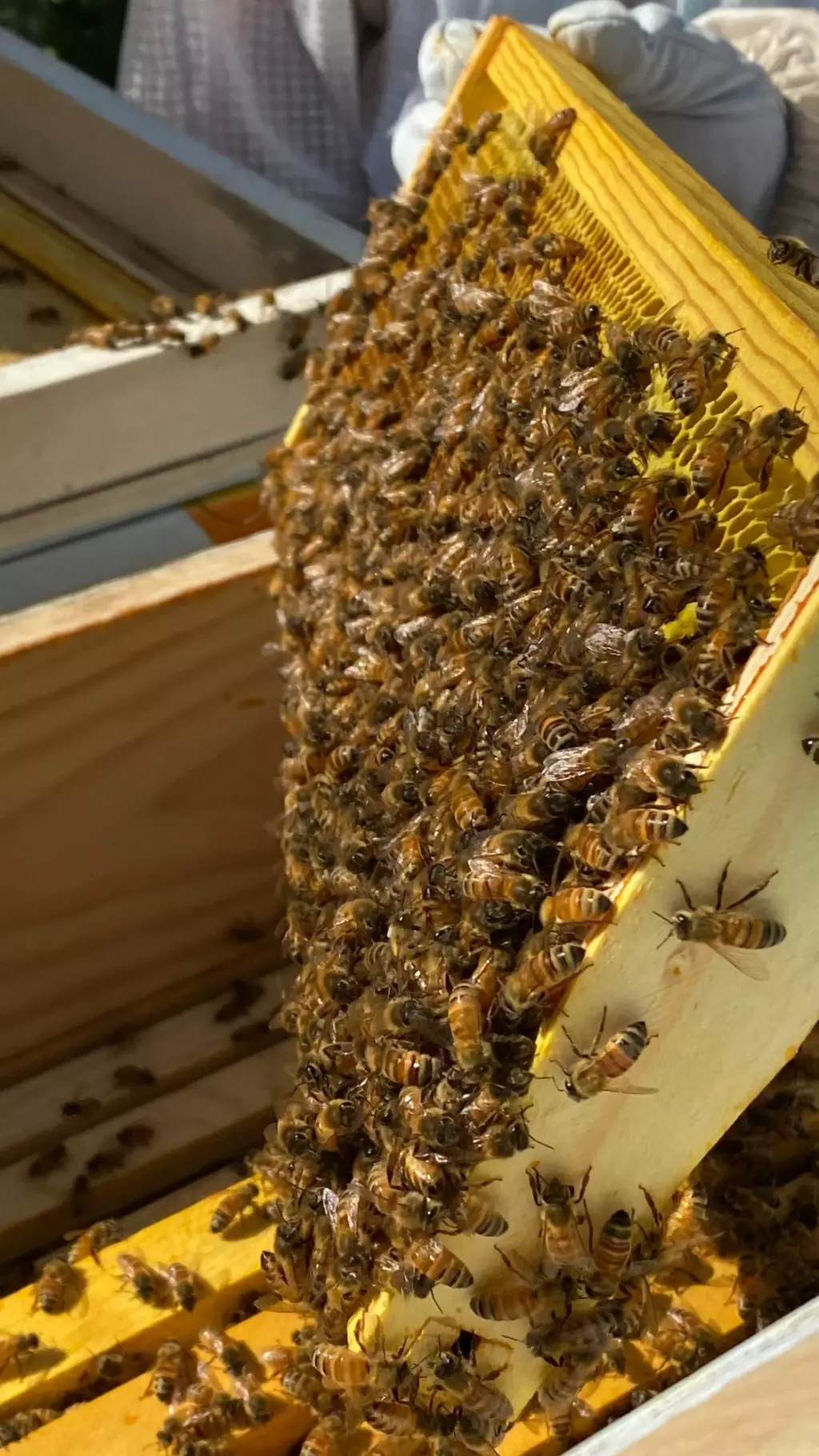Can You Harvest Honey the First Year? (And When Not To)
Honey harvest season is always exciting. First-time beekeepers may have unrealistic expectations about honey production. And some might find themselves wondering if you can harvest honey the first year.
The first year is not a good time to collect honey. New colonies can only produce enough for themselves for their winter survival. The bees won’t have any extra honey to spare until the second year. However, giving newly established colonies a drawn comb in the early spring increases your chances of harvesting honey.
There is a method that increases the potential for new colonies to yield a lot of honey by mid-fall. Installing a fully drawn comb in early spring, according to experienced beekeepers, can help increase the new colony's productivity in honey production.
Summary
- It’s advised not to harvest honey during the first year
- New colonies need a full season to increase their population and produce an abundance of honey
- Strong colonies can have honey supers installed to ensure a surplus of honey

On this page:
You Can’t Harvest Honey During the First Year
Beekeepers generally agree that honey should not be removed from brand-new colonies. Since new colonies are still starting out, they’ll need all the resources they can get to survive their first winter. An average new colony contains between 7,000 and 9,000 bees, while a well-established hive would have around 60,000 to 80,000 bees.
Some colonies can reproduce quickly. A fertile queen bee can lay over 3,000 eggs per day, and it takes a few months for the colony to expand and to collect pollen from its surrounding resources.
Beekeepers can also gauge the weight of the beehive by lifting it. A new colony will most likely weigh between 4.4 and 6.6 lbs.
Fortunately, bees have a deep instinct to multiply and produce honey. When the circumstances are right, they might just be able to produce enough honey for you to harvest during the first year.
What to Do If You Want to Harvest Honey the First Year?
There’s a potential solution to reaping the benefits of honey harvesting in the first year. During the early spring, you can provide newly started colonies with a drawn comb. There's a higher potential for harvesting honey within the first year using this method. With a fully drawn comb already prepared for them, they can focus on raising brood and grow into a larger population.
But the timing should be right. Honey flows only happen sporadically, so it’s crucial to prepare a drawn comb in advance. You won’t get another chance if you miss a good nectar flow from those flowers. That’s why drawn comb is considered gold by expert beekeepers.
As the brood nest is being filled and flowers begin to bloom, foragers can start bringing in nectar and storing it in separately drawn combs. Every cell in the drawn combs allows the colony to function a lot faster.
By the time fall comes around, the beehive will be full of honey. Don’t forget to leave 10 frames full of deep honey for your bees. They’ll need it to survive the coming winter.
The Best Month For Harvesting Honey
Though the exact timing varies depending on where you live, many bee experts agree that September is the best month for honey harvesting. By that time, most of the frames will be full of capped honey. In the U.S., American beekeepers collect about 157 million pounds of honey each year.
National Honey Month also falls in September. It signals to all beekeepers from various states that the time is now for beehive harvesting. It’s the best month to wait for the bees to collect as much honey as they can, while the beekeepers can reap the excess amount in large quantities.
Late afternoon is considered to be the ideal time to harvest honey. Expert beekeepers have discovered that bees are most relaxed in the late afternoons. Additionally, the weather should be warm enough for the honey to flow more easily during harvest time.

Honey Harvesting Tips
Inspect the hive periodically
When summer arrives and it’s time to harvest the honey, check under the hive’s cover every two to three weeks. Inspect the hive’s progress in honey production. How many frames are capped full of honeycomb? Each frame should be at least 80% capped full of honey. If not, then it’s best to wait until late summer for the frames to fill up before harvesting them.
The best time to inspect your bees is midday, when the weather is warm and dry. By then, the sun will be high, giving you ample sunlight to inspect the hive better while most of the worker bees are out foraging for nectar.
However, make sure not to do it so often that it stresses your bees and disrupts their routine. It reduces their ability to collect nectar and inevitably harms the colony. They will also show signs of aggression and will angrily try to sting you if they perceive you as an invader to their hive.
Patience is crucial
Patience is a necessary skill in beekeeping. In order to collect the maximum amount of honey, it’s best to wait until the last honey flow. New beekeepers might be tempted to harvest honey early. However, seasoned veterans are aware that the harvesting process shouldn’t be rushed.
But it’s also vital for beekeepers not to postpone harvesting past mid-September.
Once the weather turns cold, the honey will harden and become difficult to collect. This makes the chore for the beekeeper much more challenging and difficult. The extracting process takes longer, and the extracting equipment will suffer a lot of wear and tear.
Honey supers
Honey supers are boxes that hold frames of pre-formed honeycombs and provide worker bees with the space they need to ripen and store honey. But you can’t just add a honey super at any given moment. You have to consider three things first before adding a honey super to the hive.
Make sure you have a strong bee colony. Signs of population growth such as overcrowding and swarming pressure are usually key indicators that it’s time to add a honey super. A well-established colony will typically have two honey supers in its hive.

Watch out for times of heavy nectar flow. If there’s not enough storage space for their nectar, bees will substitute brood cells for honey storage. When brood production stops, there won’t be enough new bees to replace the current ones. Adding a honey super to store the surplus of honey can fix this problem.
The ideal time to add a honey super is spring. This is when population growth naturally happens and your bees start to actively forage for food and pollen. Adding a honey super at this time can give them the space to expand and overcrowd. When the bees have covered seven of the 10 frames in the existing box or boxes, then that’s a good time to place the honey super.
Final Notes
As a beekeeper, your goal is to oversee your bee colony’s natural expansion and growth so that it can produce the most honey possible for you.

